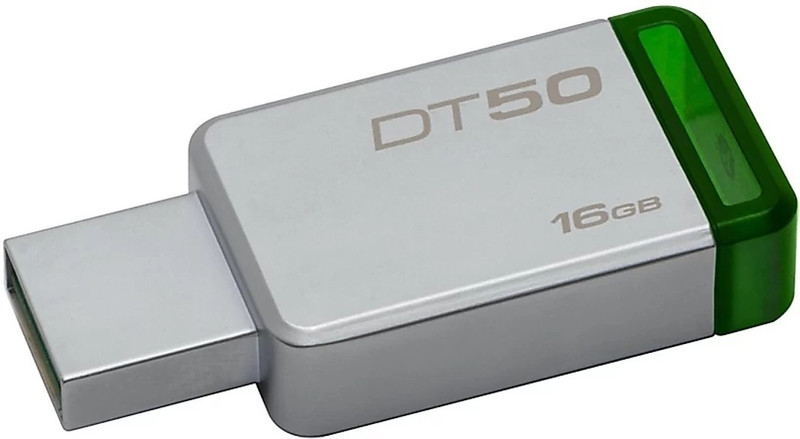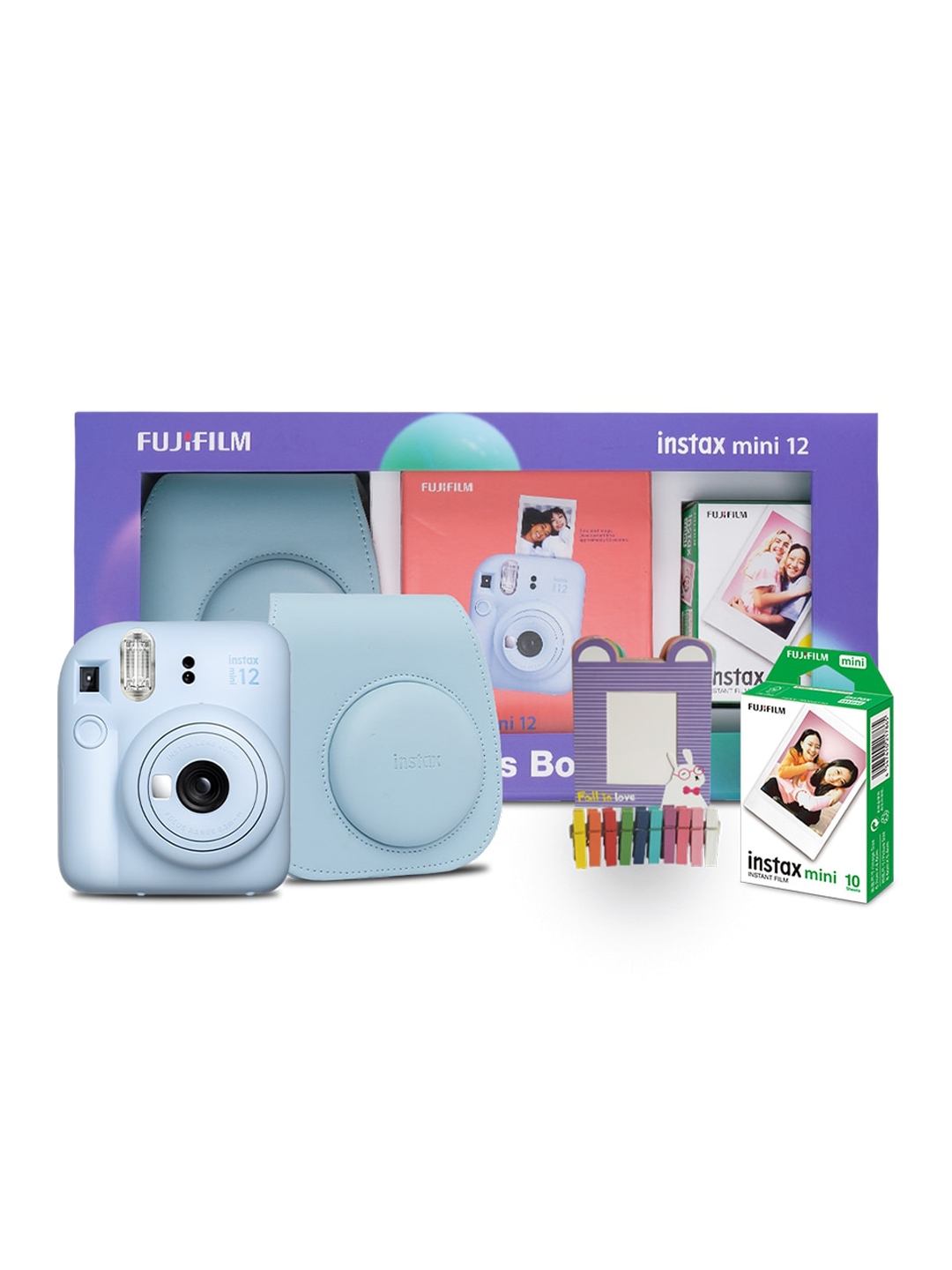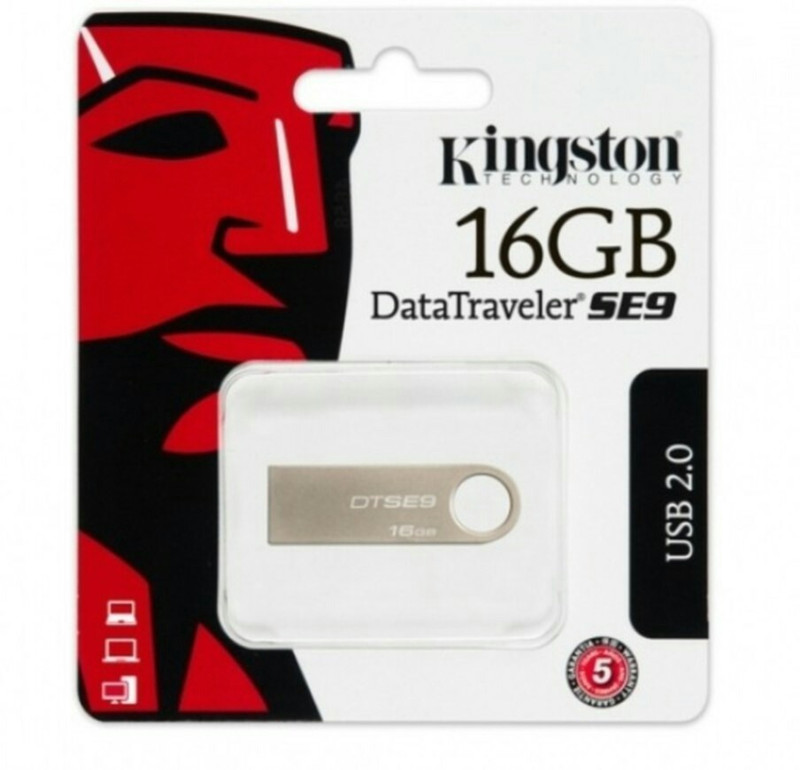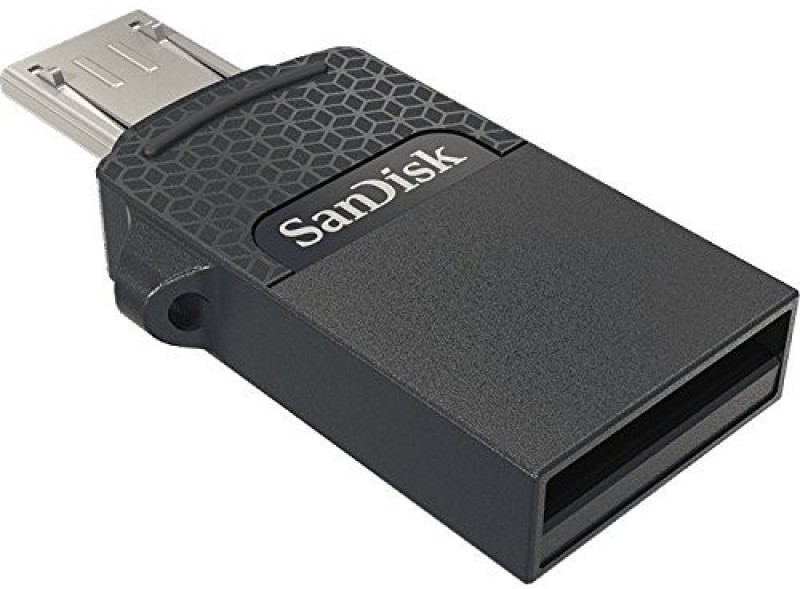The Secret To Making Your TV Last Longer: Are You Taking Proper Care?

A television isn't just another household appliance; it's the heart of home entertainment. Whether you're binge-watching your favourite series, catching up on the news, or enjoying a gaming session, your TV works tirelessly. However, like any electronic device, its longevity depends on how well it's maintained.
Many assume that a TV will last as long as the manufacturer claims, but the reality is different. A well-cared-for television can outlive its expected lifespan, while one exposed to poor conditions may fail far too soon. But how can you ensure your screen stays bright and clear for years? It's all about adopting simple but effective habits. Here's how to make your TV last longer.
1. Choose The Perfect Spot: Location Matters
The placement of a television can make or break its longevity. Heat, humidity, and even sunlight can significantly affect its performance. Positioning the TV near a radiator or in direct sunlight can lead to overheating, which shortens the lifespan of internal components.
Airflow is also crucial. Many people mount their TVs too close to the wall, restricting ventilation. Without proper airflow, internal parts can overheat, reducing efficiency and leading to costly repairs. Ideally, a TV should be positioned in a well-ventilated space, away from heat sources, with at least a few inches of breathing room around it.
Another common mistake is placing the television too low or too high. Not only does this affect viewing comfort, but it can also expose the screen to accidental knocks, particularly in households with children or pets. Choosing a stable surface or a well-fitted wall mount ensures the TV remains safe from unexpected tumbles.
2. Dust Is The Enemy: Keep It Clean
Dust might seem harmless, but it's one of the biggest threats to a TV's health. Over time, fine particles settle inside the vents, clogging cooling fans and causing overheating. This forces internal components to work harder, which shortens their lifespan.
Cleaning your TV regularly helps prevent this. A microfibre cloth is the best tool for wiping the screen, as paper towels or regular cloths can cause scratches. For the vents, a gentle pass with a soft brush or a can of compressed air helps clear out trapped dust.
However, harsh cleaning products should be avoided. Spraying liquid directly onto the screen can lead to damage, and ammonia-based cleaners can strip away protective coatings. A mix of distilled water and a little white vinegar is a safe alternative for stubborn smudges. A dust-free TV not only looks better but also functions more efficiently.
3. Power Surges: Protect Your TV From Electrical Damage
Modern televisions are packed with delicate circuits, making them vulnerable to sudden power surges. A surge can occur due to lightning, faulty wiring, or even high-powered appliances switching on and off.
A simple way to protect your investment is by using a surge protector. These inexpensive devices absorb excess voltage, preventing damage to your TV. Some models even come with built-in indicators that alert you when they need replacing.
Switching off the television at the mains when not in use also prevents unnecessary electrical wear. Many TVs remain in standby mode, consuming small amounts of power. Over time, this constant flow of electricity can cause gradual component degradation. Turning it off completely not only extends its lifespan but also helps reduce energy bills.
4. Mind The Brightness And Contrast Settings
Manufacturers often set TVs to their most vibrant display settings to attract buyers in brightly lit showrooms. However, these high contrast and brightness levels aren't ideal for long-term use at home. Keeping these settings too high forces the screen to work harder, leading to faster wear and tear.
Instead, adjusting the brightness to a comfortable level helps ease the strain on internal components. Many modern TVs come with an "Eco" or "Cinema" mode that optimises picture quality while reducing unnecessary power consumption.
Not only does this prolong the TV's lifespan, but it also improves viewing comfort. An overly bright screen can cause eye strain, especially during extended watching sessions. A well-calibrated TV delivers a more natural picture while ensuring the hardware lasts as long as possible.
5. Handle With Care: Avoid Physical Damage
Accidental knocks and rough handling can cause significant damage to a TV. Unlike the bulky models of the past, modern flat screens are more delicate. A minor bump or a sudden jolt can affect internal circuits or even crack the display.
When moving a TV, it should always be lifted from both sides rather than held from the top or screen. Applying pressure to the display can cause internal cracks that aren't immediately visible but may lead to malfunction over time.
For households with pets or children, securing the TV is essential. Wall mounting prevents it from being knocked over, while a safety strap can add extra protection if placed on a stand. Simple precautions can prevent costly repairs or even the need for a complete replacement.
6. Give It A Rest: Avoid Overuse
Constant use without breaks can lead to overheating and faster component wear. Many people leave their TVs on throughout the day, even when no one is watching. This habit significantly reduces its lifespan.
Switching off the television when not in use gives the internal parts time to cool down. Screen savers are also not a perfect solution, as they don't fully power down the display.
For those who enjoy long movie marathons or gaming sessions, taking short breaks allows the TV to rest. Some models come with built-in timers or automatic shut-off options that help prevent excessive use. Giving your TV a break is a simple way to extend its life and lower energy consumption.
7. Software Updates: Don't Ignore Them
Many people overlook software updates, assuming they're unimportant. However, these updates often contain essential bug fixes and performance improvements that help keep a TV running smoothly.
Manufacturers frequently release updates to enhance picture quality, improve connectivity, and fix security vulnerabilities. Ignoring these updates can lead to slower performance, glitches, or even compatibility issues with streaming apps.
Most smart TVs offer automatic updates, but checking manually ensures that nothing is missed. A well-updated TV not only lasts longer but also provides a smoother, more reliable viewing experience.
8. Use The Right Accessories: Invest In Quality
Cheap HDMI cables, unstable mounts, and low-quality extension cords can negatively affect a television's performance. Inferior accessories may not provide a stable connection, leading to signal interruptions or even electrical damage.
High-quality HDMI cables ensure better picture and sound quality while reducing the risk of short circuits. Likewise, a sturdy mount prevents unnecessary movement, which can strain internal connections.
Even the remote control plays a role. Repeatedly pressing unresponsive buttons can cause wear on the TV's input system. If a remote starts malfunctioning, replacing it promptly prevents further strain. Investing in the right accessories might seem minor, but it goes a long way in preserving a TV's longevity.
Products Related To This Article
1. Mi by Xiaomi A Series 80 cm (32 inch) HD Ready
2. MOTOROLA EnvisionX 109 cm (43 inch)
3. realme TechLife CineSonic 109 cm
4. LG UR7500 108 cm (43 inch) Ultra HD
5. SAMSUNG 108 cm (43 inch) Full HD LED Smart Tizen TV with HDR
6. SONY Bravia 2 108 cm (43 inch)
7. SAMSUNG New D Series Brighter Crystal 4K Vision Pro
8. SONY Bravia 2 163.9 cm (65 inch) Ultra HD (4K)
A television is more than just an entertainment device, it's an investment. With proper care, it can last well beyond its expected lifespan, saving money and reducing unnecessary electronic waste. Simple habits such as dusting regularly, adjusting brightness settings, and using a surge protector can make a significant difference. Avoiding overuse, keeping software updated, and handling the TV with care further ensure its longevity. Televisions might be getting smarter, but they still need human attention to stay in top condition. By following these easy steps, you can enjoy your screen for years without unexpected breakdowns or costly repairs. So, the question remains, are you taking proper care of your TV?
Disclaimer: The images used in this article are for illustration purpose only. They may not be an exact representation of the products, categories and brands listed in this article.







![Powerful Apple Watch 9 [GPS+Cellular] now discounted 28% on Amazon with exchange offers.](https://c.ndtvimg.com/2025-04/e9mvlag_apple-watch-9_625x300_21_April_25.jpg?im=FitAndFill,algorithm=dnn,width=246,height=200)





















